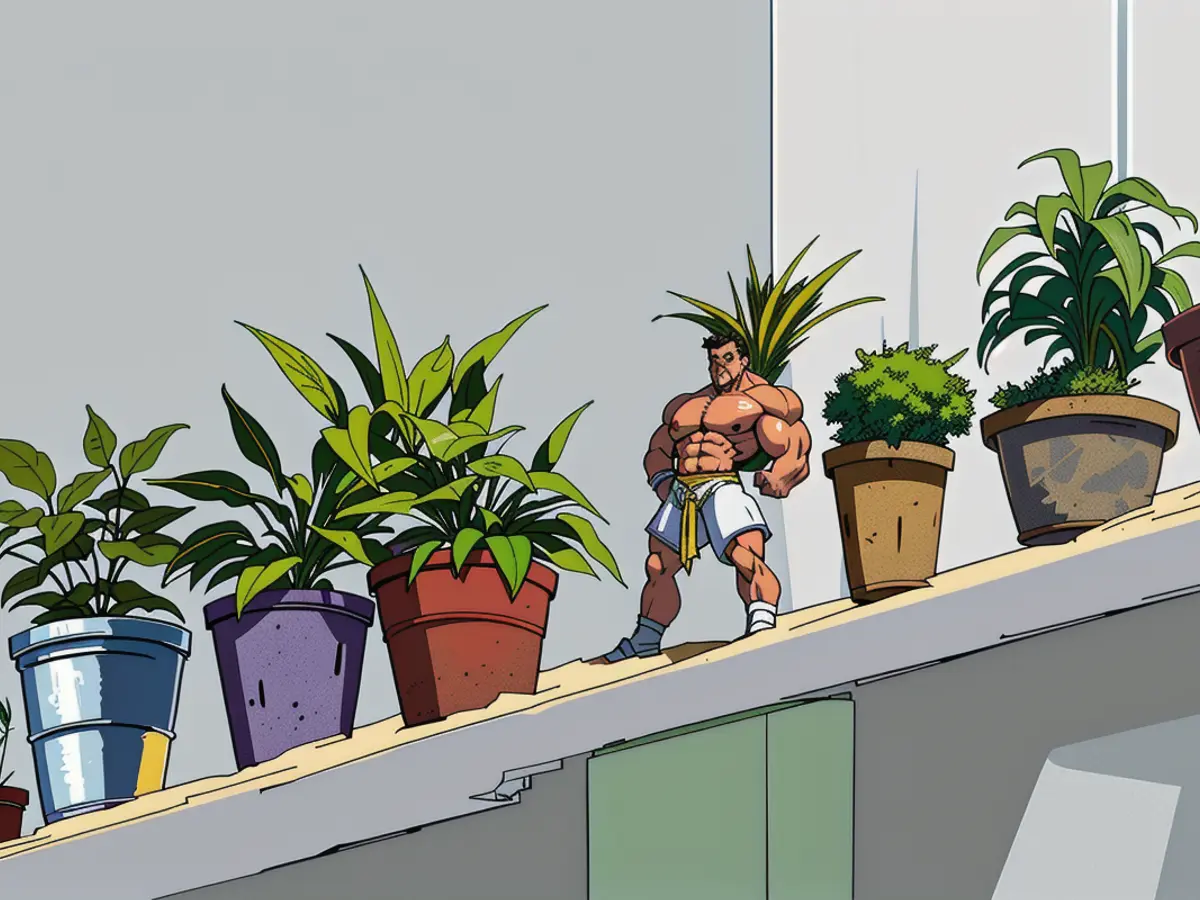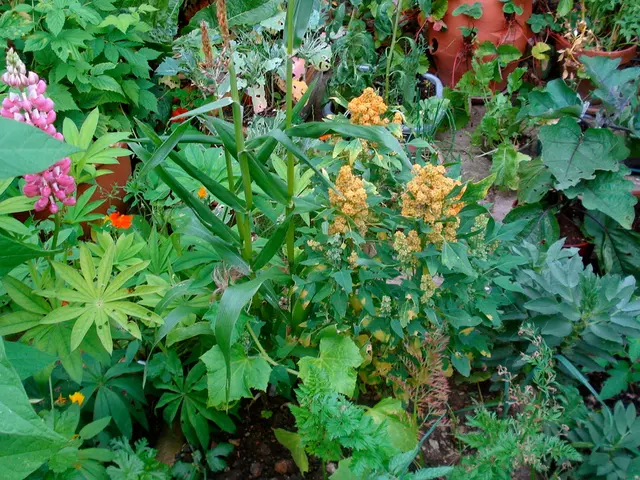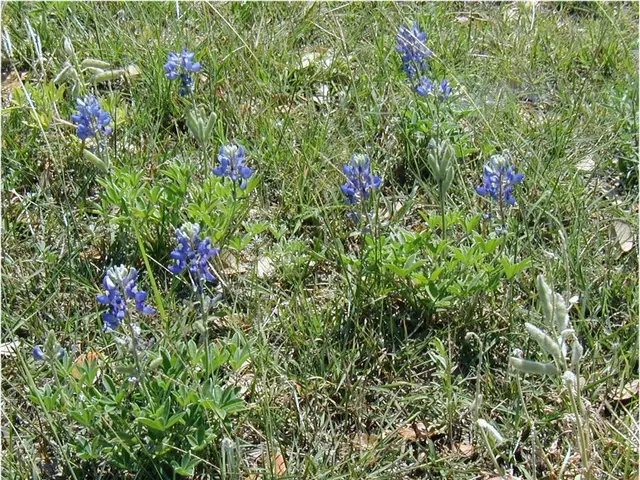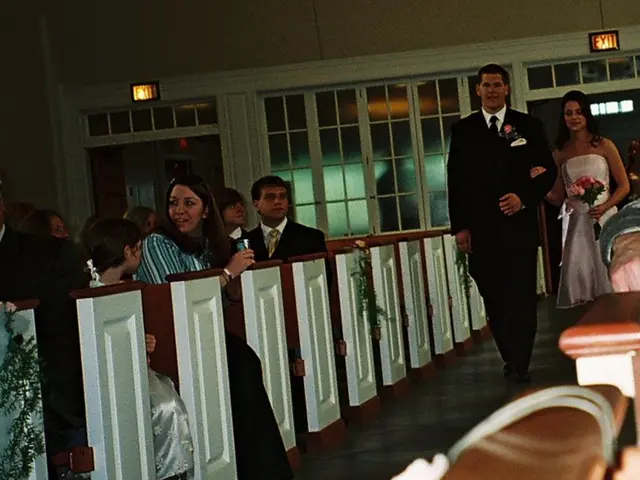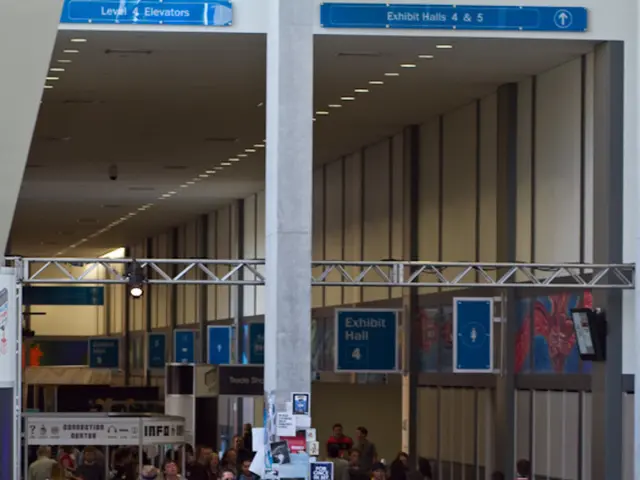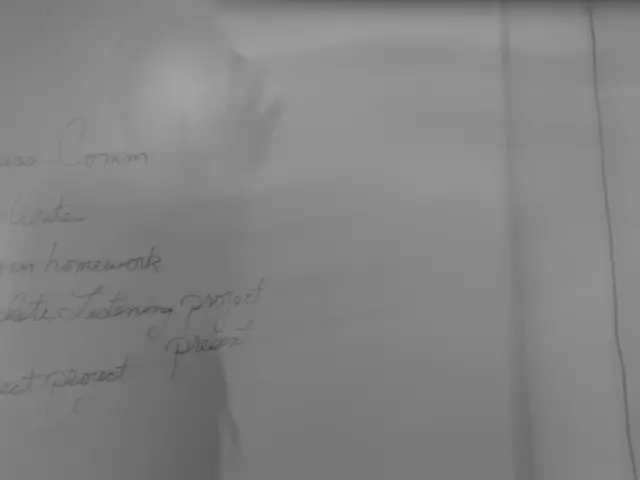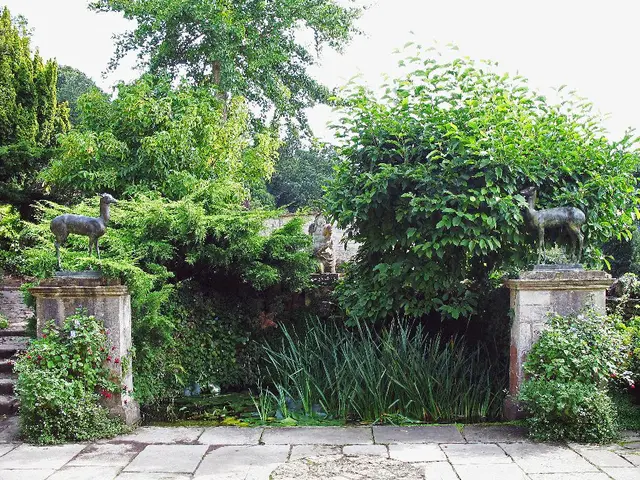Signs Indicating Inadequate Light for Your Indoor Plants
Bringing plants indoors often leads to light-related issues. The predominant problem is insufficient light, especially during Winter in the Northern Hemisphere. Even sunny, southern-facing windows yield less light in terms of duration and intensity.
Additionally, houseplants may also encounter the opposite scenario - too much light. Many popular tropical houseplants originated from shaded areas beneath their native forests. They are accustomed to dappled light filtering through the canopy and have adapted to make the most of this limited light. Direct, full sunlight may be harsh for these plants.
Recognizing signs of both inadequate and excessive light, and addressing them, is essential for maintaining healthy houseplants.
Inadequate Light
Under-exposure to light may manifest gradually, and symptoms may not become apparent until the issue is identified.
1. Elongated Stems
Although more prevalent in seedlings, over-extended stems are also a concern for houseplants. The plant stretches out, attempting to find more light. Consequently, the stem lengthens, and the distance between leaf nodes increases. The plant takes on a thin, stretched appearance with small leaves, a common indication of inadequate light.
2. Stunted Growth or Arrested Development
On the contrary, houseplants exposed to low light levels tend to slow down, entering a maintenance phase. They preserve the little energy they receive by suspending growth. If your fiddle-leaf fig has not produced a new leaf in a while, it might be suffering from inadequate light.
3. Absence of Blooms
If a plant is unable to generate sufficient energy due to light deprivation, it may forgo blooming. Although many houseplants do not typically bloom indoors, those that usually do but decline to may be suffering from inadequate light. If you have ruled out other houseplant concerns related to fertilizers, watering, and temperature, consider increasing light exposure. Blooming requires significant energy and resources.
4. Plant Leaning or Twisting
This is an obvious symptom. A houseplant that leans toward the window or light source is not receiving enough light. Similarly, a plant that remains upright but starts to turn and face its leaves towards the light displays similar behavior. Rotating the plant's pot periodically can help straighten its growth. However, the more effective solution is to increase light exposure.
5. Losing Variation or Fenestration
Variegated houseplants may display reduced variegation or even become plain green whenever they are not exposed to enough light. The selfish chlorophyll in the leaves becomes a luxury that plants cannot afford under low-light conditions.
Similarly, fenestrated plants (such as monstera) may lose their characteristic holes in the leaves. These plants tend to produce leaves without fenestration when they lack adequate light, as they try to maximize leaf surface area in order to absorb as much light as possible.
Excessive Light
Excessive light is less common for houseplants, although it can occur, particularly in dry soil conditions.
6. Scorched, Bleached, or Pale Leaves
Shade-loving plants that receive too much light suffer from chlorophyll break down caused by the intense light. The leaves take on a blotchy, pale, faded, or washed-out appearance. This, if not corrected, can result in brown and brittle damaged areas.
Plants placed outside for the summer or those located in southern windows during winter can experience this issue. Similarly, plants kept in a winter window that receive a greater duration and intensity of sunlight during summer months can also suffer from excessive light.
Correcting Houseplant Light Issues
Although the solution seems straightforward - either increase or reduce light exposure - determining how and how much requires consideration of light intensity, duration, and quality. Plants that expose themselves to sunlight via windows already receive balanced light but may require increased exposure due to duration.
Utilizing Natural Light
Increasing light exposure can be as simple as moving a plant closer to the window or relocating it to a window with more light. Conversely, if a plant shows signs of excessive light, distance it from the window or adjust blinds accordingly.
Supplementing with Grow Lights
In cases where natural light is insufficient, adding supplemental grow lights may be necessary. Modern LED grow lights that mimic sunlight are affordable and effective. However, to be effective, the light must be placed close to the plant, preferably within 2 to 3 feet of the plant. A light fixture placed further away will not provide the same intensity, even if the fixture is located on the ceiling. Plants require a specific amount of light per day to thrive, which can be achieved through a combination of lower intensity light for longer periods or higher intensity for shorter periods, but never in excess. Excessive light can damage the plant, so provide additional light gradually and monitor the plant's reaction.
Was this information beneficial? Appreciate your thoughts! Share the reasons why!
After recognizing the importance of light for houseplants, caring for them becomes a more nuanced task. If your houseplants appear etiolated, with elongated stems and small leaves, they might be suffering from insufficient light. On the other hand, if the leaves of your shady plants appear scorched, bleached, or pale, they are likely receiving too much light.
Under-exposed plants often slow down their growth, leading to stunted development or arrested development. Gorgeous variegated houseplants can also lose their distinctive patterns in low-light conditions. Conversely, too much light can harm shade-loving plants, causing chlorophyll break down and leaf damage.
To correct these issues, consider rearranging your plants near windows to increase or decrease their light exposure. If natural light is not enough, LED grow lights can provide additional light that mimics sunlight, just make sure to place them close to the plants. Always remember that every plant has unique light requirements, so patience and careful monitoring are essential to maintain their health.
